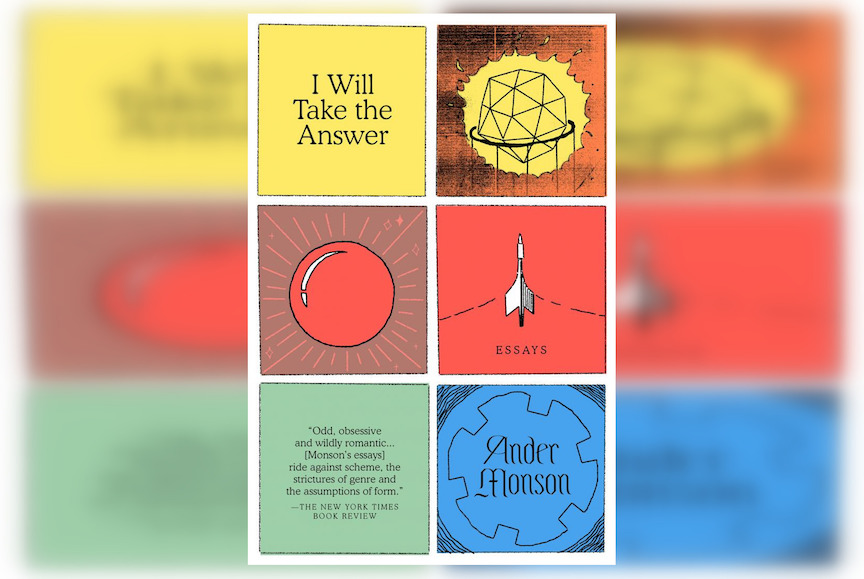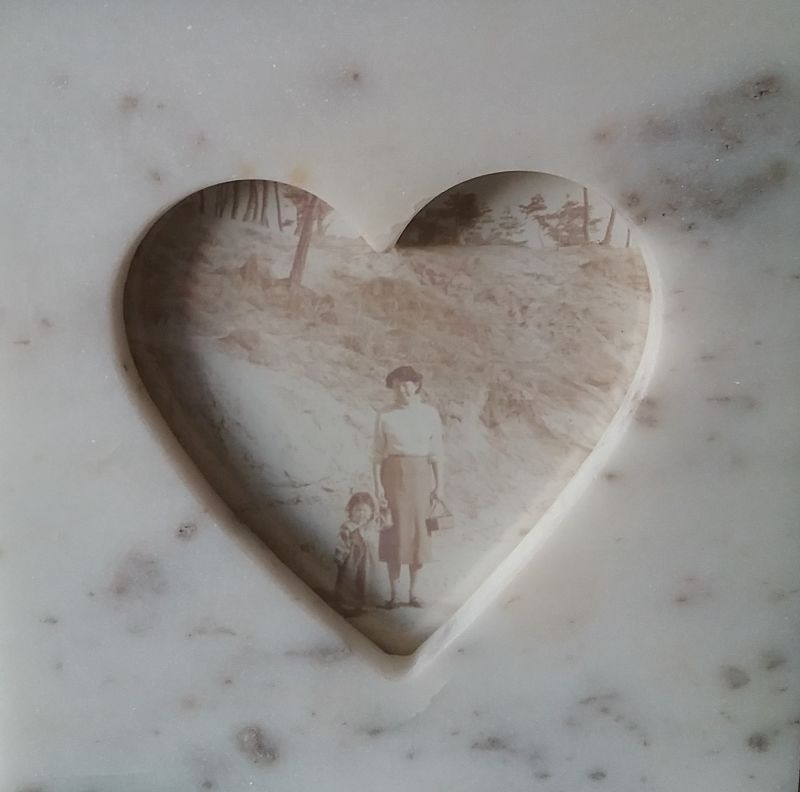“Let’s begin this book with a hole,” writes Ander Monson in the first essay of his new collection I Will Take the Answer: Essays. Monson, author of eight books and recipient of various awards, in this collection embarks on journeys that are as physical as they are intellectual. In “Five Star Review of a Safeway,” the first essay in the collection, Monson places himself within his object of inquiry: a storm sewer running underneath the northern edge of Tucson, Arizona. Walking through the tunnel, he confronts other darknesses: a 2011 shooting in Tucson, where he lives and the collapse of a bridge in Minneapolis near his wife’s parent’s home. These tragedies expose the limitations of man-made structures, both above and below ground, leading Monson to interrogate notions of safety and permanence. I Will Take the Answer opens with the invitation to join Monson in confronting these notions, in traversing the tunnel—an opportunity to go not only beneath the ground, but also across it.
Like the storm sewer in Tucson, the hole that opens this collection, holes appear in Monson’s work as entry points. A hole exists as both a within and a without: it is not quite what surrounds it, yet not entirely separate, an absence and a presence at once. In “I in River,” the second essay in the collection, written in list form, Monson considers the presence and absence of water in Tucson, a desert city, and wonders, “Is this list of absence an absence.” The absence of a question mark here makes its point; I think of this list as both an absence and a presence, too.
In the fourth essay, “Remainder,” Monson writes, “Dig a hole—or several—in the earth and in time it will fill.” Holes carry an implicit yet imminent potential to be filled, if only by their own walls falling in. Still in that same essay, Monson explores Quincy, a copper mine in Hancock, Michigan, by foot—again within his object of inquiry—and asks, “Is a mine a landscape or its removal?” I wonder whether it can’t be both.
Monson plays with the concept of the hole through form, too: the text in “I in River,” for example, springs out of the book’s spine, extending left and right like a river’s tributaries. The white spaces following what I considered to be tributaries could be seen as holes in the text, but they seem as much a part of its texture as the ink of words themselves. Without the white, we wouldn’t be able to see the tributaries emerge, nor would we be able to identify their origin. Without the white space, the “holes” in the text, there would be no river.
The unique form of “I in River” allows the thematic to merge with the visual, expanding the scope of the essay to encompass more representations of water. Monson’s physical descent into the sewer seems to be mirrored, here: the river brought into the text. I see a similar mirroring elsewhere in this collection, where metaphorical properties of both the mine and the sewer are brought into Monson’s essay in visual and metaphorical ways, through the extensive use of parentheticals, for example, as a means of excavation—a carving out of space within the text, creating opportunities to go deeper, within and across the subject matter. This carving is not only fitting but perhaps called for, given Monson’s interest in the profound and his willingness to search for what’s underneath the surface.
Monson’s attention to the layering of both physical and emotional landscapes makes his interest in the profound evident throughout the collection. “The Sadness of March,” an essay detailing a collaborative project, is another example. Based on the concept of the NCAA bracket for March Madness, the project consisted of inserting sixty-four sad songs (rather than sixty four basketball teams,) into the brackets, in search of the saddest of sad songs. I was enchanted by the idea, by Monson’s research on the psychology of sad songs, their appeal and the purposes they serve. Over the next few days, I listened to an “Ander Monson March Sadness” playlist I found on Spotify, inspired to reach out to friends and try to come up with our own.
Thinking of this essay alongside some of the others in this collection, I wonder about the metaphorical function of the brackets. The illustration accompanying this essay, a depiction of the scheme of brackets, seems to me like a system of underground passageways, its many lines and ninety-degree angles leading into and out of one another. It is perhaps because of the context of this book as a whole that I see what I see. It seems hard to separate and it makes me, too, want to go even deeper: what kind of space is a bracket, many brackets all together? What space do they exist within?
Monson’s writing, while reaching for what’s beneath, remains close and accessible on the page. His frequent direct address, sincere and casual, communicated something I’ve rarely experienced as a reader—an explicit and genuine interest in reaching out for the reader, any reader, all readers. But this attempt comes with its risks—making unfounded assumptions about the reader such as statements beginning with “like you,” which appear in a couple of essays, as though the reader can somehow be known to the author. That said, the different tones of Monson’s voice, speaking on a wide array of subjects between the scholarly and the personal—achieves a great balance throughout the work, a sense of both groundedness and wonder.




